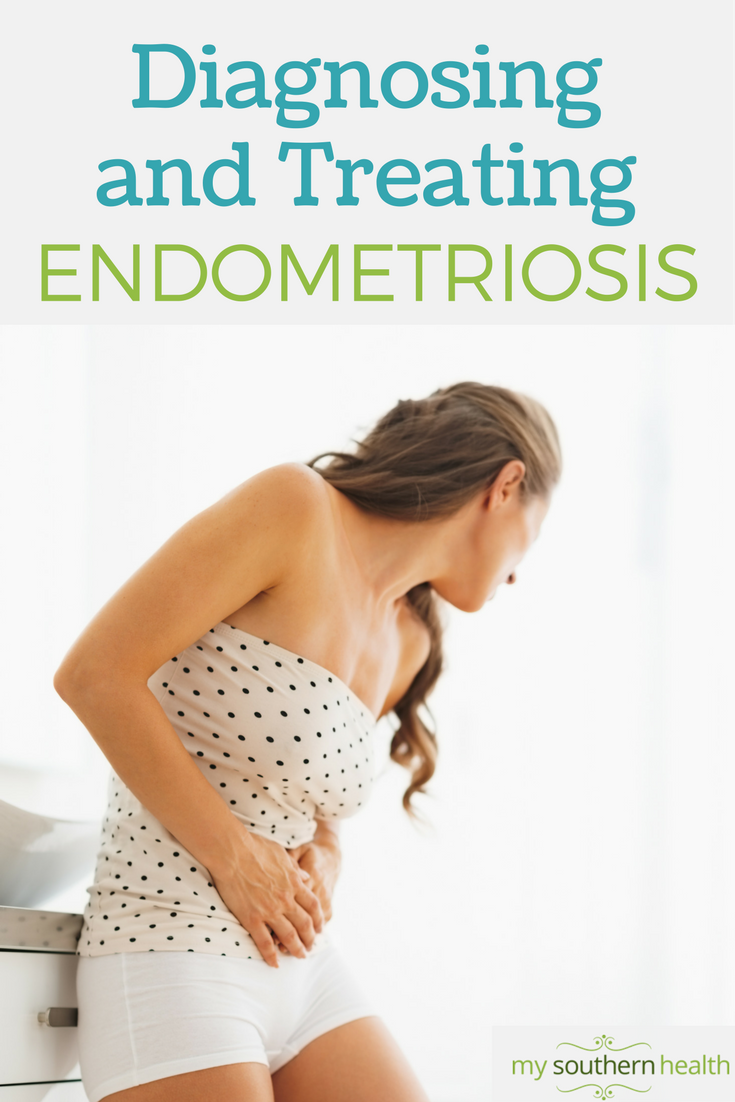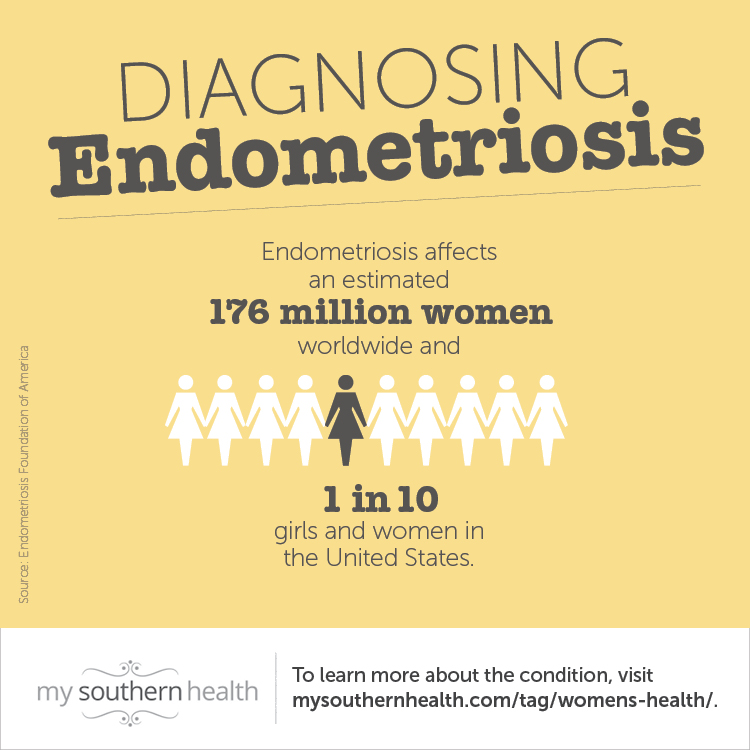Wondering about the symptoms and treatments of endometriosis? We’ve got your answers.
Periods can be painful, but that doesn’t mean it’s normal. Have you heard of endometriosis? The disease is the presence of endometrial glands — which are normally located within the uterus — outside of the uterus. It is estimated that 176 million women worldwide and 1 in 10 girls and women in the United States are affected by endometriosis, according to the Endometriosis Foundation of America.
Vanderbilt University Medical Center’s Amanda Yunker, DO, MSCR, spoke with us about some common questions surrounding endometriosis and explained why diagnosis can take years.
What are the common symptoms of endometriosis?
The most common symptoms are:
- Painful periods
- Pain that occurs in the pelvis outside of someone’s period
- Pain with intercourse
- Infertility or difficulty getting pregnant
- Sometimes pain associated with emptying the bladder or a bowel movement
What is the treatment for endometriosis?
The most common treatments that we typically go to that are non-surgical are hormone-based. Those are things like birth control pills, progesterone pills, or there’s an injection called leuprolide, which causes the patient to be in a chemical, temporary menopausal state. By shutting the ovaries down, those endometrial implants don’t have the stimulation from the hormones that come from the ovaries and are, in effect, turned off.
Is there an average age of diagnosis?
It is often a diagnosis that we make in the late teens to early twenties because that’s often when people say they want a break from pills or they’ve gotten to a point where it’s no longer controllable with medication.
I’ve heard it can take 10 years to diagnose endometriosis. Why is that?
This is a fact that is often shared, but that fact is compounded by a lot of factors. Making the actual diagnosis requires a surgery. If someone comes in with symptoms that could be from endometriosis, but also could be just painful periods or interstitial cystitis or some other painful pelvic condition, we’re not going to jump to surgery. We don’t want to expose people to unnecessary surgery. Oftentimes we try the noninvasive medical therapies first to see if we get improvement in symptoms, because really that is the ultimate goal: improving the symptoms.
The other thing is that symptoms can start off as heavy, painful periods, and that happens in a lot of girls when they start having their periods. You’re not going to take every 12-year-old to the operating room. A lot of those girls also get put on birth control pills very early. So whereas they may have had some endometriosis, you’re actually treating it very early or it may even stop the formation of it by putting them on pills just for their heavy, irregular periods.
What should women do if they suspect they might have endometriosis?
Make an appointment with your gynecologist. I would talk about your symptoms and describe your goals as far as future fertility, pain control, functionality, things like that. It also helps to ask family members, because we do detect a familial component in a lot of women.
Are there any questions a patient should be prepared to answer before an appointment?
Making a list of symptoms is helpful. It’s helpful to know the timing of pain. When does the pain occur in relationship to the period? How long does it last? And what other types of activities bring on the pain? Those are the types of questions that I ask that are helpful in making a diagnosis.
Looking for more answers? See the American College of Obstetricians and Gynecologists frequently asked questions on endometriosis.


Need to find a gynecologist or just have more women’s health questions? Visit the Vanderbilt Center for Women’s Health or call 615-343-5700 for more information.


